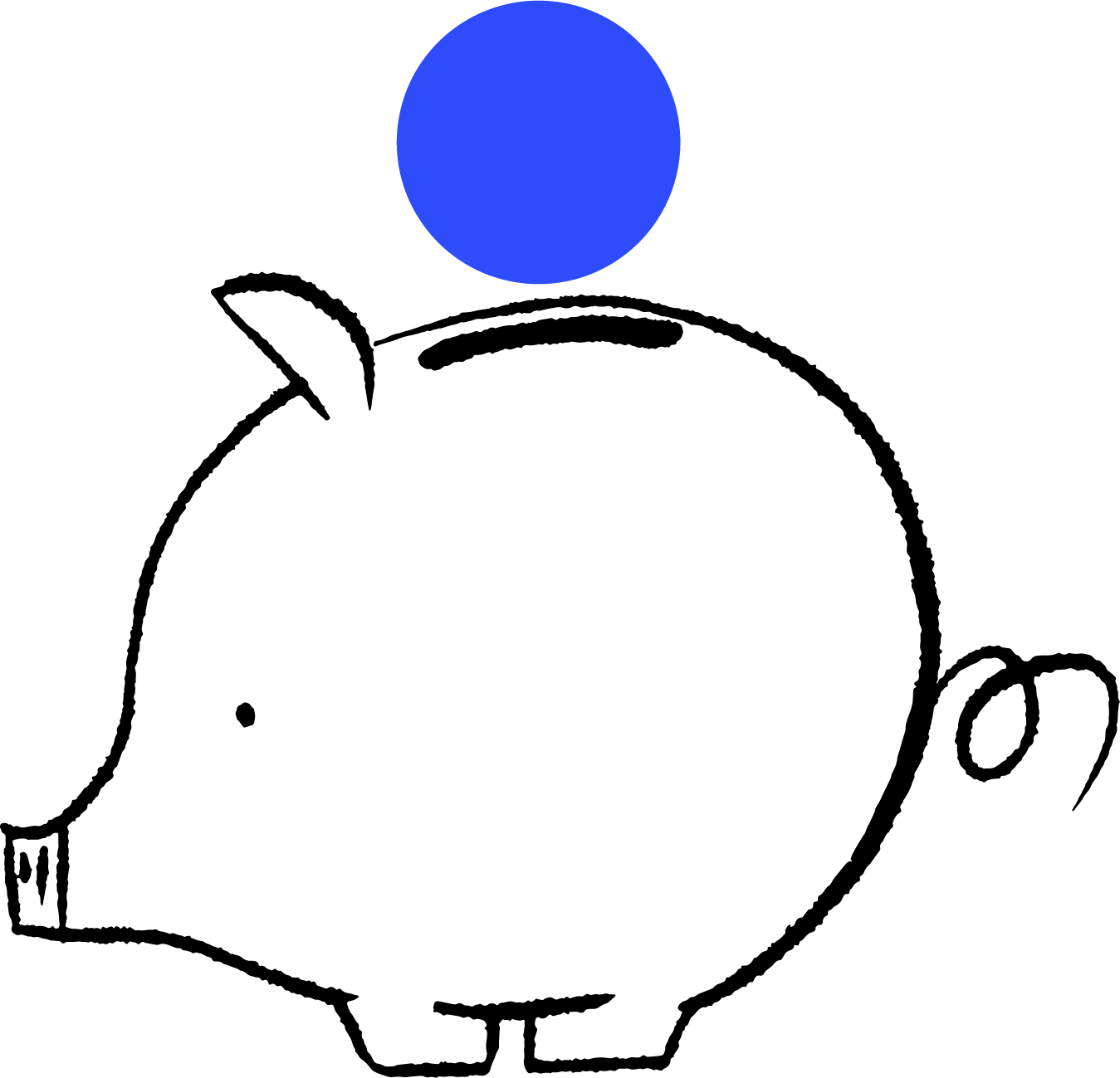Pricing Creative Work

Money is awkward. No one likes to talk about it, especially if you’re a creative or an artist; it can leave a bad taste in your mouth when you’re forced to quantify your creative prowess and cheapen what you’re offering down to a simple exchange of products or services for money. We’re sorry to say it but creative work, distilled to its lowest point, is just this very thing, and as much as it may feel awkward to talk about, you need to be paid properly for the work you — the artist, the maker, the creative, the designer — do. Your business cannot survive without it.
There are two things to consider when looking at pricing creative work: what you need to charge and what you should charge. When first starting your creative business, it is crucial is to work out what you must charge to ensure that you’re not losing money on your projects and to ensure your costs and overheads are covered. What may feel like a large amount of money can end up being spread out over many months and results in actually very little cash for the business. And, let’s all remember that unforgettable adage: Cash is King (or Queen).
It is unlikely when you’re starting out that you’ll be able to charge the big bucks (especially if you’re new-ish to the industry), so the key is to understand your staff costs (including what you cost your business) and your company overheads to ensure the fees your charging cover those, plus a cushion of 10-25% for overspend, and if you’re feeling bold, allow some fat (hopefully 20–30%) in the fee for profit. When you’re starting, it makes prudent sense to price yourself this way as you’re currently working towards building your profile and portfolio and to charge egregiously before this can be a disservice to one’s reputation. And, if you decide to do something on the cheap, you go into it proactively armed with the knowledge of what your costs are so you don’t lose money.
Above all, we want to strongly advocate to avoid under-pricing yourself. First, it doesn’t just impact your business, it drives industry fees down for everyone else in your market. Second, it devalues your product or service, and in terms of the business, it ties your hand behind your back financially even before you start to work. It’s nigh on impossible to cover one’s costs if a fee is priced too low. Please, please don’t do it. If you have to drop your fee to the lowest point because you really want to do a particular piece of work, and your client still doesn’t want to pay what you need to charge, walk away. We’re not joking. They aren’t the right clients because they do not value you or your work. Cash is the air in your business; don’t starve it of oxygen. It’s crucial to know what your bottom lines are in terms of the costs of a project to your business.
Once you’ve become more established, you can start to ask yourself what you should be paid and this is simply a pricing exercise with clients. You can increase your fees incrementally and over time as the demand for your work and originality increases. Once a fee has been agreed, it can now be assumed that’s what someone will pay for your work as a baseline. Keep building on that. We’ve heard it said that you should put a fee out there that makes you feel a little uncomfortable because more likely than not, you’ll underprice yourself, and if a client accepts it, you realise how much cash you’ve lost out prior to this. It’s trial and error, but keep going.
You know your costs, you know your overheads, but you also know and highly regard the value you bring to your clients. Once you — the artist, the maker, the creative, the designer — understands this value, along with your creativity and your originality, there is a level of self-regard and pride in the service or product delivered. The servant-master relationship starts to lessen. It is a collaboration of equals. As with anything in business, it starts with knowledge. Socrates famously said the key to a good life is to “know thyself,” but we’d say, the key to a good business is “know thy costs”, and price accordingly.
Post by Lindsay Faller
Next
Getting to the Why
Copyright © 2024 Cloudfields All rights reserved.